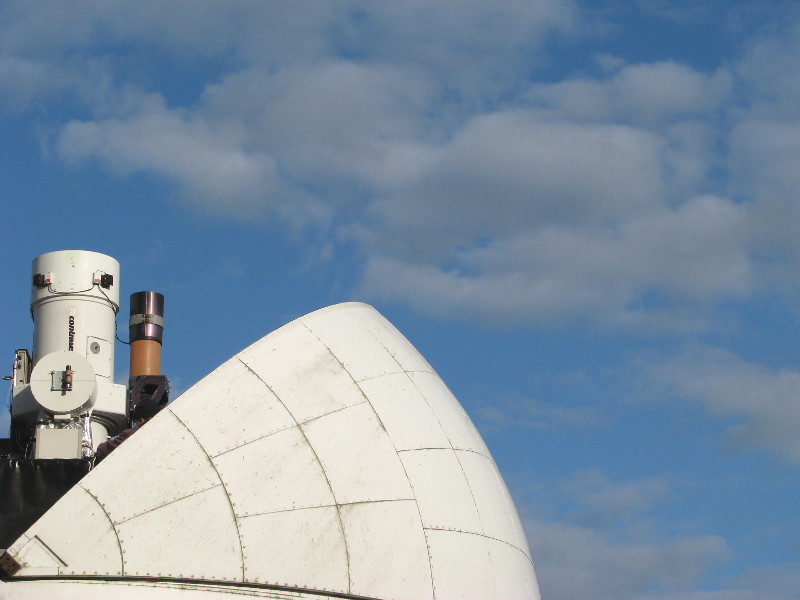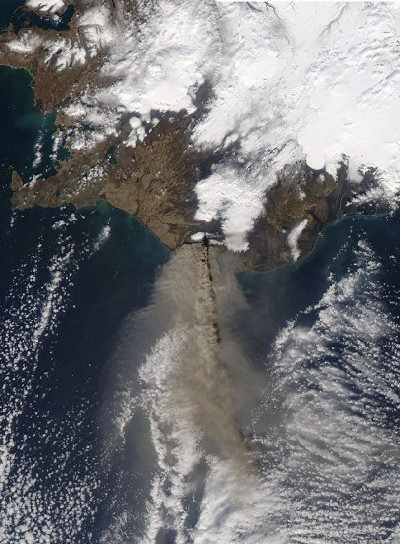LiDAR

LiDAR observes backscattered light from laser pulses travelling through the Earth's atmosphere.
This LiDAR (Light Detection And Ranging) technique allows detection of variations in the density and the makeup of the atmosphere, such as pressure, ions, cloud cover and pollution from human activity including aeroplane vapour trails.
Some of the SLR laser light energy is lost as it travels away from the facility due to absorption and scattering in the Earth's atmosphere. Some scattered light is directed straight back to the SLR station, where it can be detected in the telescope, using a photo-multiplier tube.
From the detector, the signal is then routed to a computer for analysis and display. A LabView program reads the incoming data from the detector each time the laser is fired. A single record consists of up to 30000 samples and a LiDAR measurement is made from an average of a number of these shot profiles.
The raw LiDAR signal is background subtracted, to remove all ambient background light effects. This uses a pre-trigger method in which an average background value is taken microseconds before the laser fires. The LiDAR profile must then be range corrected for the fact that the energy of the laser pulse decreases with range from the telescope by R2. Once this is done signal structure at the higher altitudes and atmospheric attenuation is more clearly visible.
Ash Cloud from Icelandic Volcano
On April 2010 an Icelandic volcano called Eyjafjallajökull erupted, sending a plume of volcanic dust and ash up into the atmosphere over most of the European continent.The ash was considered to be a hazard to jet engines and the UK and European skies were closed to all such aircraft, causing great disruption to those planning to travel and who were overseas at the time.
The SGF began LiDAR observations a day before the ash cloud was expected to arrive over the South East of England and then routinely every hour. Many observations showed increased backscatter due to the ash and dust particles at variable heights and thickness.


